Home>Dining>Table Decor>At What Temperature Should Floral Arrangements Be Stored
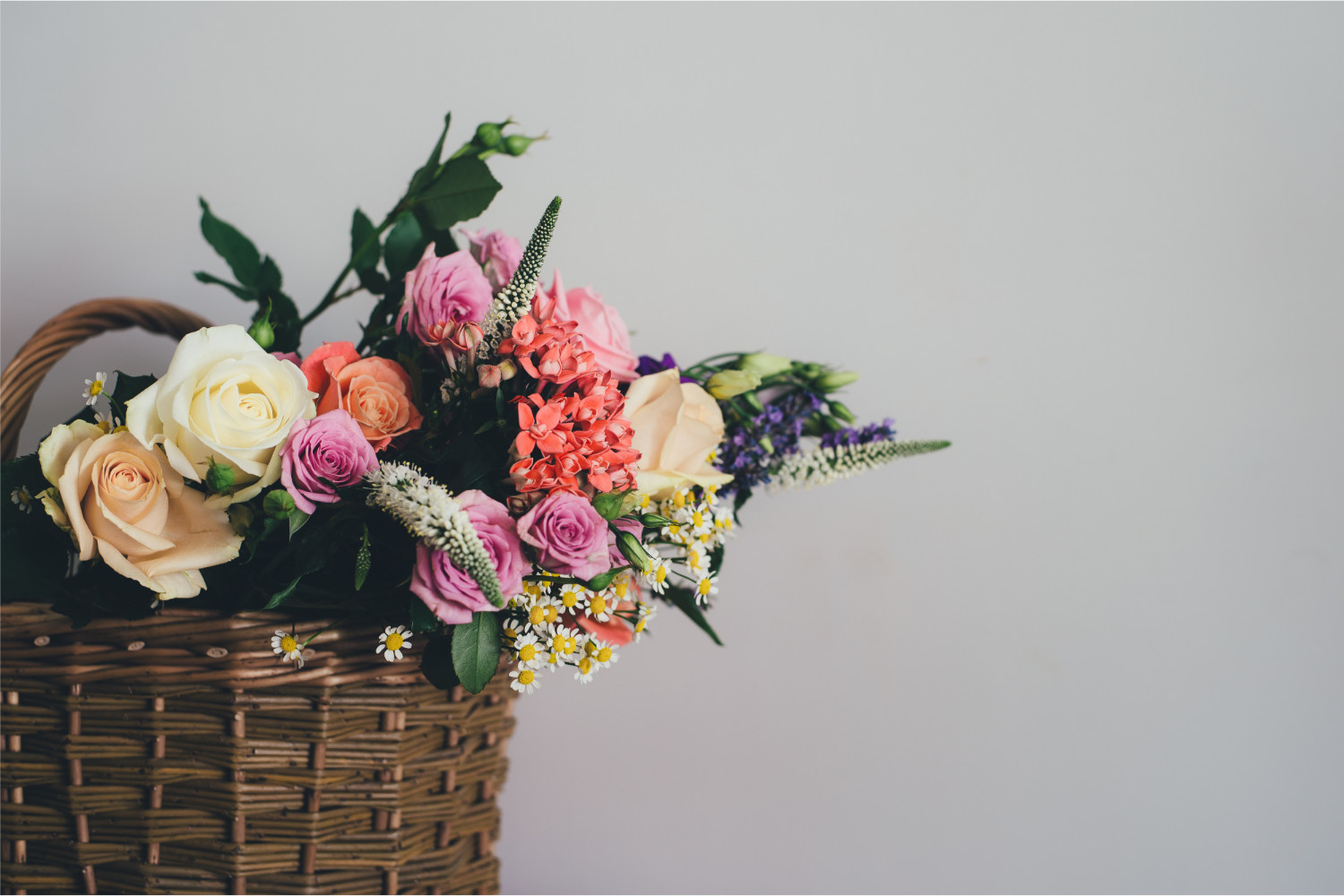

Table Decor
At What Temperature Should Floral Arrangements Be Stored
Modified: January 9, 2024
Discover the ideal temperature for storing floral arrangements with our expert guide. Ensure your table decor stays fresh and vibrant for longer.
(Many of the links in this article redirect to a specific reviewed product. Your purchase of these products through affiliate links helps to generate commission for Storables.com, at no extra cost. Learn more)
Introduction
When it comes to creating a beautiful and attractive display for any occasion or event, floral arrangements play a crucial role. Whether it’s a wedding, a corporate gathering, or a simple dinner party, the right choice of flowers and their arrangement can transform a space and create a memorable atmosphere.
However, the journey of these stunning floral creations begins long before they are put on display. Proper storage and care are vital to ensure the freshness and longevity of the flowers. One important aspect of floral arrangement storage is maintaining the right temperature.
Temperature plays a significant role in the preservation of cut flowers and potted plants. It affects their ability to absorb water, regulate respiration, and reduce microbial growth. Understanding the optimal temperature for storing floral arrangements is crucial for florists and event organizers to ensure the quality and appearance of their creations.
In this article, we will explore the factors that affect floral arrangement storage temperature, discuss the optimal temperatures for both cut flowers and potted plants, and understand the effects of improper storage temperature. We will also provide insights on how to determine the appropriate storage temperature and detail various methods for controlling it.
By understanding the significance of temperature in floral arrangement storage, you can ensure your flowers stay fresh and vibrant, creating stunning displays that captivate and delight.
Key Takeaways:
- Proper storage temperature is crucial for maintaining the freshness and longevity of floral arrangements. Understanding the specific temperature requirements for cut flowers and potted plants is essential for creating stunning displays that captivate and delight.
- Factors such as flower type, stage of maturity, humidity levels, and storage duration influence the optimal temperature for floral arrangement storage. By considering these factors and implementing effective temperature control methods, florists and event organizers can ensure the vibrancy and visual appeal of their creations.
Read more: What Are Floral Arrangements
Factors Affecting Floral Arrangement Storage Temperature
Several factors come into play when determining the ideal storage temperature for floral arrangements. Each of these factors plays a significant role in maintaining the freshness and appearance of the flowers:
- Flower Type: Different flowers have different temperature preferences. Some flowers thrive in cooler temperatures, while others prefer slightly warmer conditions. It’s essential to consider the specific needs of the flowers you are working with to determine the optimal temperature for storage.
- Stage of Maturity: The stage at which flowers are cut or potted also affects the storage temperature. Flowers that are just beginning to bloom require cooler temperatures to slow down the opening process and prolong their vase life. Fully bloomed flowers, on the other hand, can be stored at slightly higher temperatures.
- Humidity Levels: High humidity can promote bacterial and fungal growth, leading to premature deterioration of the flowers. Therefore, it is crucial to maintain appropriate humidity levels in addition to the right temperature. Factors such as the environment, season, and flower type will influence the ideal humidity levels for storage.
- Air Circulation: Proper air circulation is essential to prevent the build-up of heat and moisture, which can negatively affect the flowers. Good ventilation helps regulate the storage temperature and keeps the flowers fresh and vibrant.
- Storage Duration: The length of time the floral arrangements need to be stored also affects the temperature requirements. Shorter storage periods usually allow for slightly higher temperatures, while longer storage periods may require cooler temperatures to maintain the quality of the flowers.
By considering these factors, florists and event organizers can determine the most suitable storage temperature for their floral arrangements. It is important to be mindful of these variables to ensure that the flowers remain in optimal condition and continue to bring joy and beauty to any occasion.
Optimal Temperature for Cut Flowers
When it comes to storing cut flowers, maintaining the right temperature is crucial to maximize their vase life and keep them looking fresh. The optimal storage temperature for cut flowers typically ranges between 32°F (0°C) and 40°F (4.5°C).
Cooler temperatures help slow down the metabolic rate of the flowers, delaying their natural aging process and extending their lifespan. However, it is essential to avoid freezing temperatures, as this can damage the delicate cells of the flowers and cause them to become wilted and discolored.
To ensure the best possible results, it is recommended to store cut flowers in a dedicated floral cooler or a refrigerator specifically designed for floral preservation. These cooling units provide a consistent temperature and humidity level, creating an ideal environment for extending the vase life of the flowers.
It is important to note that different types of flowers have specific temperature requirements. For example, roses and lilies prefer slightly cooler temperatures, around 32-34°F (0-1°C), while carnations and chrysanthemums can tolerate slightly higher temperatures, around 36-38°F (2-3°C).
Additionally, when storing cut flowers, it is essential to keep them away from fruits and vegetables. Ethylene gas produced by fruits and vegetables can accelerate the aging process of the flowers and shorten their vase life. Proper storage and isolation from ethylene-producing items are crucial to ensure the longevity and freshness of cut flowers.
By storing cut flowers at the optimal temperature range and separating them from ethylene producers, florists and event organizers can ensure that their floral arrangements remain vibrant and stunning, providing beauty and joy for as long as possible.
Optimal Temperature for Potted Plants
When it comes to storing potted plants, maintaining the right temperature is key to their overall health and longevity. The optimal storage temperature for potted plants varies depending on the type of plant and its specific needs.
Most potted plants thrive in temperatures ranging from 55°F (13°C) to 75°F (24°C). This temperature range provides a comfortable environment for plants to grow and develop properly. However, it is important to consider the specific requirements of each plant species, as some may have different temperature preferences.
For tropical plants, such as orchids or ferns, a temperature range between 65°F (18°C) and 85°F (29°C) is ideal. These plants require warmer temperatures to mimic their natural habitat and promote healthy growth.
On the other hand, some plants, such as succulents and cacti, prefer slightly cooler temperatures between 55°F (13°C) and 70°F (21°C). These plants are adapted to arid environments and can withstand lower temperatures without issues.
It is crucial to avoid extreme temperature fluctuations, as it can stress the plants and negatively affect their health. Sudden drops or increases in temperature can lead to wilting, leaf damage, and even plant death.
In addition to the temperature, proper humidity levels are also essential for potted plants. Most plants prefer moderate humidity levels, typically around 40% to 60%. Higher humidity can promote fungal growth and diseases, while low humidity can cause the leaves to dry out and wilt.
When storing potted plants, it is also essential to provide adequate air circulation. Stagnant air can lead to the build-up of moisture and increase the risk of fungal diseases. A well-ventilated storage area helps maintain an optimal temperature and humidity level for the plants.
By understanding the specific temperature requirements of potted plants and providing a suitable environment, homeowners, garden centers, and plant enthusiasts can ensure the health and longevity of their prized plants, allowing them to flourish and thrive.
Floral arrangements should be stored at a temperature between 33-35°F (0.5-1.5°C) to prolong their freshness. Avoid storing them near fruits or vegetables, as they release ethylene gas which can cause wilting.
Effects of Improper Storage Temperature
Storing floral arrangements at improper temperatures can have detrimental effects on the quality and longevity of the flowers. Here are some of the key effects of storing flowers at incorrect temperatures:
- Reduced Vase Life: Improper temperature can significantly shorten the vase life of cut flowers. Storing them at temperatures that are too warm accelerates their respiration rate, causing them to age and wilt quickly. On the other hand, storing them in excessively cold temperatures can damage the flowers’ cellular structure and lead to wilting and discoloration.
- Premature Blooming or Delayed Opening: Temperature plays a crucial role in the blooming process of flowers. When stored at incorrect temperatures, flowers may either bloom prematurely, resulting in a shorter vase life, or experience delayed opening, causing them to lose their visual appeal.
- Color Fading: High temperatures can cause the colors of flowers to fade and lose their vibrancy. Exposure to excessive heat can lead to the breakdown of pigment molecules, resulting in a dull and lackluster appearance.
- Increased Bacterial and Fungal Growth: Incorrect temperatures can create a favorable environment for the growth of bacteria and fungi. This can lead to the development of diseases and rot, causing the flowers to decay and diminish in quality.
- Dehydration and Water Absorption Issues: Inconsistent storage temperature can affect the water absorption capabilities of flowers. Extreme temperatures can cause excessive water loss and result in dehydration, while temperatures that are too cool can hinder water uptake, leading to wilted and dehydrated flowers.
To maintain the freshness, visual appeal, and overall quality of floral arrangements, it is vital to store them in the appropriate temperature range. Proper temperature control ensures that the flowers remain vibrant, hydrated, and free from diseases, allowing them to be enjoyed for a longer period.
How to Determine the Storage Temperature
Determining the appropriate storage temperature for floral arrangements involves considering various factors and conducting some assessments. Here are a few methods to help determine the optimal storage temperature:
- Consult Flower Care Guidelines: Many flower varieties come with specific care guidelines provided by the grower or supplier. These guidelines often include recommended storage temperatures. Be sure to refer to these instructions to ensure you’re storing the flowers at the right temperature.
- Research Flower Species: Different flower species have different temperature preferences. Conduct research or consult reliable sources to understand the specific temperature requirements of the flowers you are working with. Flower-related publications and websites dedicated to floriculture can be valuable resources for this information.
- Consider Environmental Factors: Evaluate the environmental conditions where the floral arrangements will be displayed or used. Factors such as room temperature, humidity levels, and exposure to direct sunlight can influence the storage temperature. The goal is to replicate these conditions as closely as possible during storage.
- Experimentation and Observation: If you have a range of flowers or potted plants, consider conducting small-scale experiments to determine the best storage temperature. Divide them into groups and store them at different temperatures, monitoring their vitality, color retention, and overall quality. By observing the responses of the flowers, you can identify the temperature range that provides the best results.
- Seek Advice from Experts: In the floral industry, experienced florists, horticulturists, and suppliers can be valuable sources of knowledge. Reach out to professionals in the field and seek their advice on specific temperature requirements for different floral arrangements. They can provide valuable insights based on their expertise and experience.
By utilizing these methods, you can determine the most suitable storage temperature for your floral arrangements. Remember that it’s important to monitor and adjust the temperature as needed, especially in different seasons and climates, to ensure the longevity and quality of the flowers.
Methods for Controlling Storage Temperature
Controlling the storage temperature is crucial to maintain the freshness and quality of floral arrangements. Here are some effective methods for maintaining the desired temperature:
- Floral Coolers: Investing in a floral cooler is one of the most reliable methods for controlling storage temperature. Floral coolers are specially designed refrigeration units that provide a consistent and optimal environment for storing flowers. These coolers offer adjustable temperature settings and humidity controls, ensuring the flowers remain fresh for longer periods.
- Refrigeration: If a dedicated floral cooler is not available, a regular refrigerator can be used to store cut flowers. Use a separate area or container within the refrigerator to isolate the flowers from food items and maintain cleanliness. Adjust the refrigerator temperature to the appropriate range for the specific flowers being stored.
- Shade and Ventilation: If you’re storing potted plants, consider shading the storage area to prevent excessive heat exposure. This can be done by using blinds, curtains, or shade cloths. Additionally, ensure proper ventilation to allow for air circulation, preventing the build-up of heat and moisture.
- Thermostats and Temperature Monitoring: Install thermostats in the storage area to monitor and regulate the temperature accurately. This allows for precise control and adjustment, ensuring that the floral arrangements are stored at the desired temperature range. Regularly check and calibrate the thermostats to maintain their accuracy.
- Insulation and Sealing: Insulate the storage area to minimize temperature fluctuations and maintain a consistent environment. Properly seal windows and doors to prevent the influx of outside air, which can impact the storage temperature.
- Portable Cooling Units: In situations where floral arrangements need to be transported or temporarily stored at an event venue, portable cooling units can be used. These units are compact and can be adjusted to the desired temperature range, providing a controlled storage environment wherever needed.
It is crucial to regularly monitor the storage temperature and make adjustments as needed to ensure the optimal preservation of floral arrangements. By implementing these methods for controlling temperature, you can be confident that your flowers will remain fresh, vibrant, and visually stunning for as long as possible.
Conclusion
Floral arrangements are a beautiful and essential part of various events and celebrations, and proper storage temperature is crucial for maintaining their freshness and enhancing their longevity. By understanding the factors that affect floral arrangement storage temperature and implementing the right methods for control, you can ensure that your flowers remain vibrant and visually appealing for as long as possible.
When it comes to cut flowers, storing them at the optimal temperature range of 32°F (0°C) to 40°F (4.5°C) helps to slow down their aging process and extend their vase life. It is important to store them in dedicated floral coolers or refrigerators, separate from ethylene-producing items, to preserve their quality and appearance.
Potted plants, on the other hand, thrive in a temperature range of 55°F (13°C) to 75°F (24°C), but specific plant species may have different preferences. Ensuring proper humidity, ventilation, and air circulation is also crucial for maintaining the health and vitality of potted plants during storage.
Improper storage temperature can have detrimental effects on floral arrangements, including reduced vase life, premature blooming or delayed opening, color fading, increased bacterial and fungal growth, and dehydration. By storing flowers and plants at the appropriate temperature, you can minimize these adverse effects and ensure their optimal condition.
Determining the storage temperature involves consulting flower care guidelines, researching specific flower species, considering environmental factors, experimenting and observing, and seeking advice from experts in the field. This information allows you to determine the most suitable temperature range for your floral arrangements.
To control the storage temperature effectively, investing in floral coolers or using refrigeration for cut flowers is recommended. Shading and proper ventilation can help with potted plant storage. Additionally, the use of thermostats, insulation, sealing, and portable cooling units can provide precise temperature control as needed.
In conclusion, by understanding the factors affecting floral arrangement storage temperature and employing appropriate methods for control, you can ensure the longevity, freshness, and visual appeal of your flowers and plants. This attention to temperature management will enhance the overall experience for both florists and event organizers, resulting in stunning floral displays that captivate and delight.
Frequently Asked Questions about At What Temperature Should Floral Arrangements Be Stored
Was this page helpful?
At Storables.com, we guarantee accurate and reliable information. Our content, validated by Expert Board Contributors, is crafted following stringent Editorial Policies. We're committed to providing you with well-researched, expert-backed insights for all your informational needs.
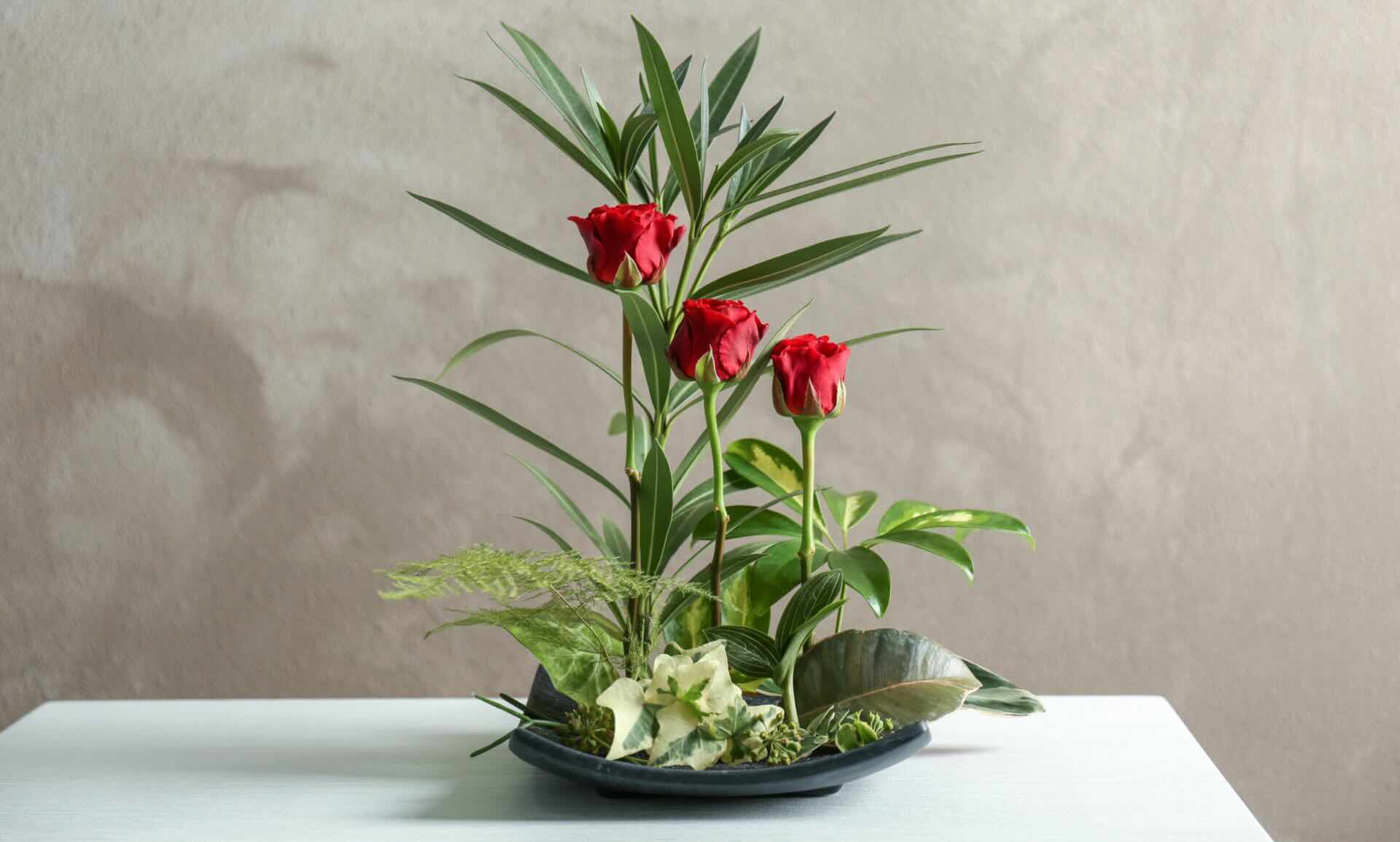
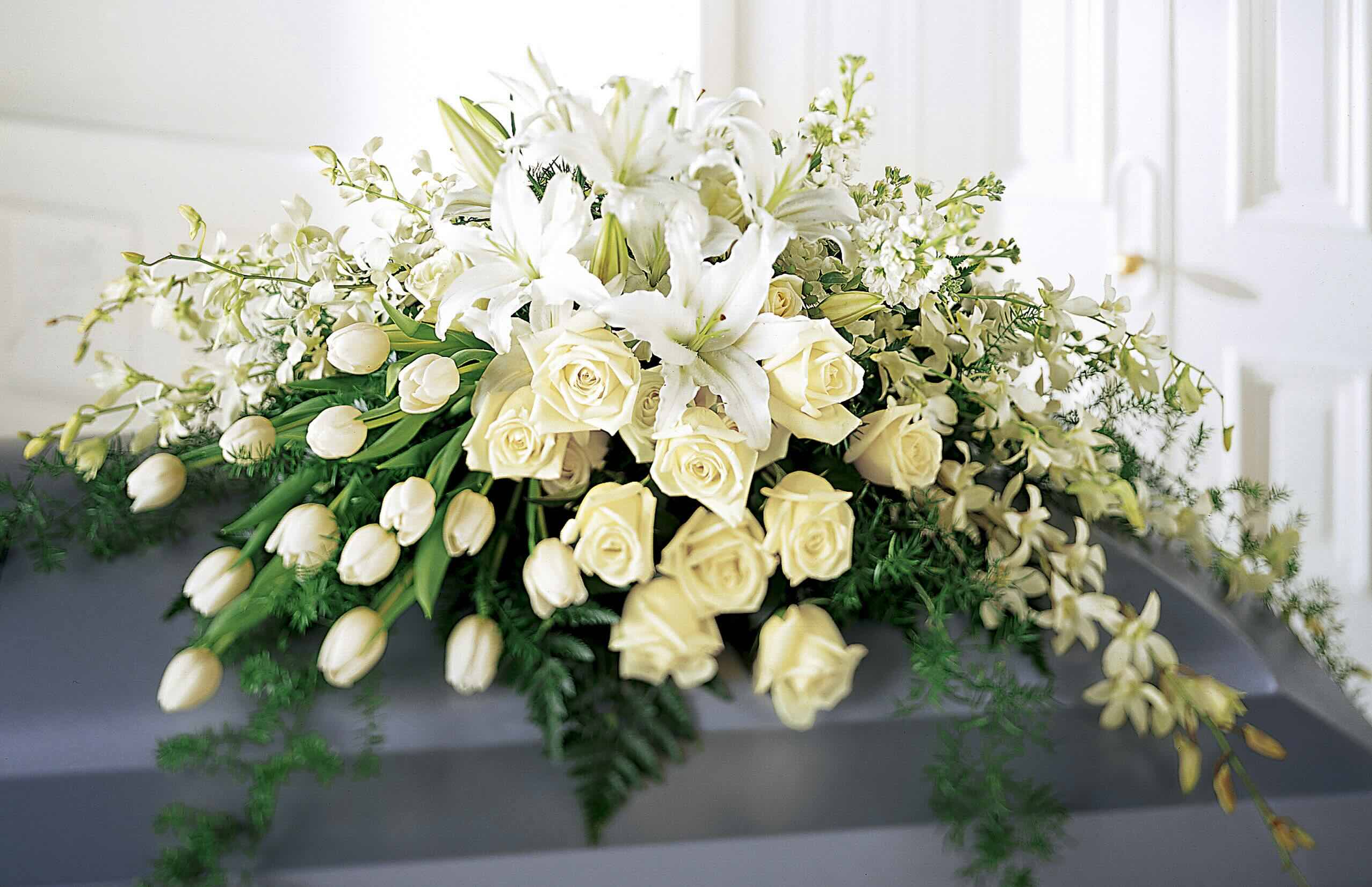

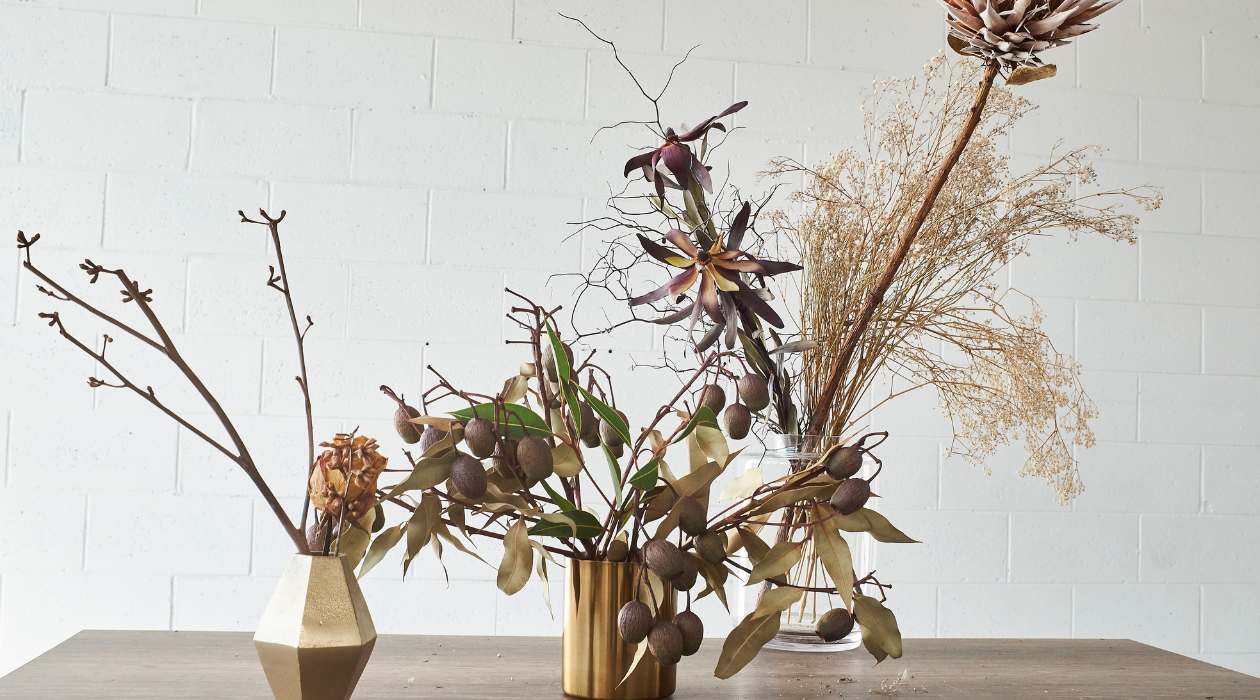

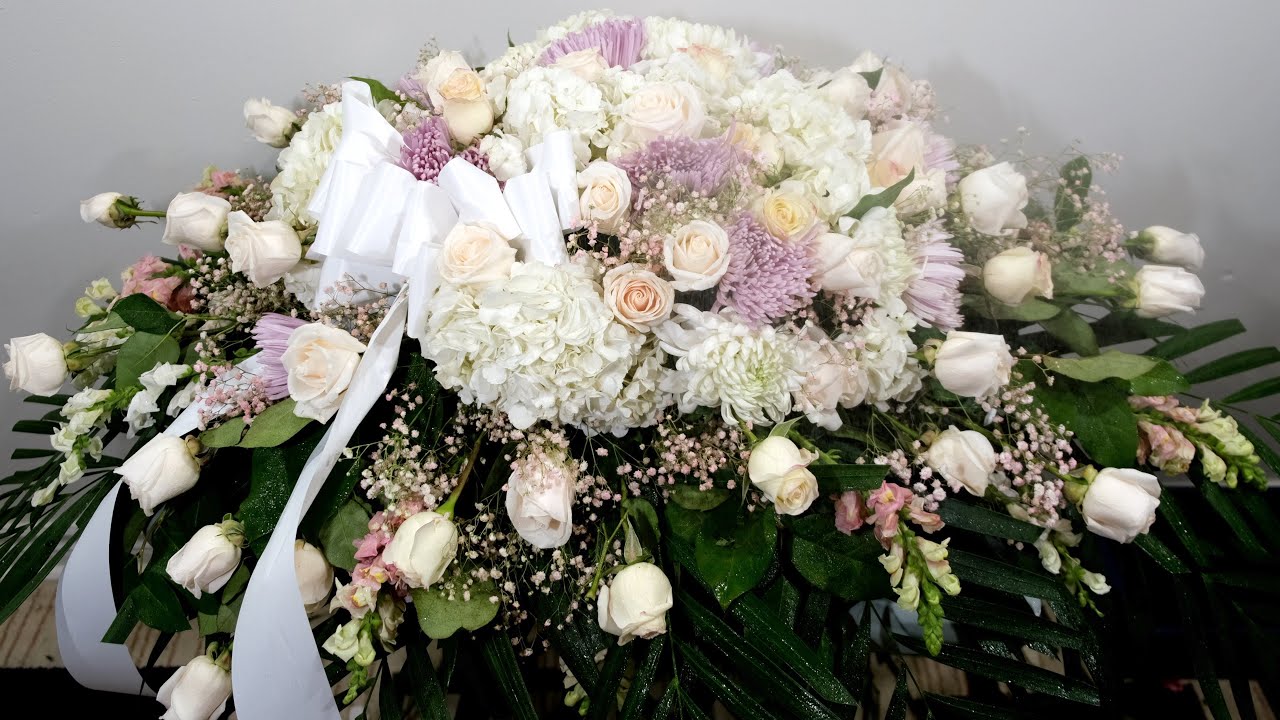
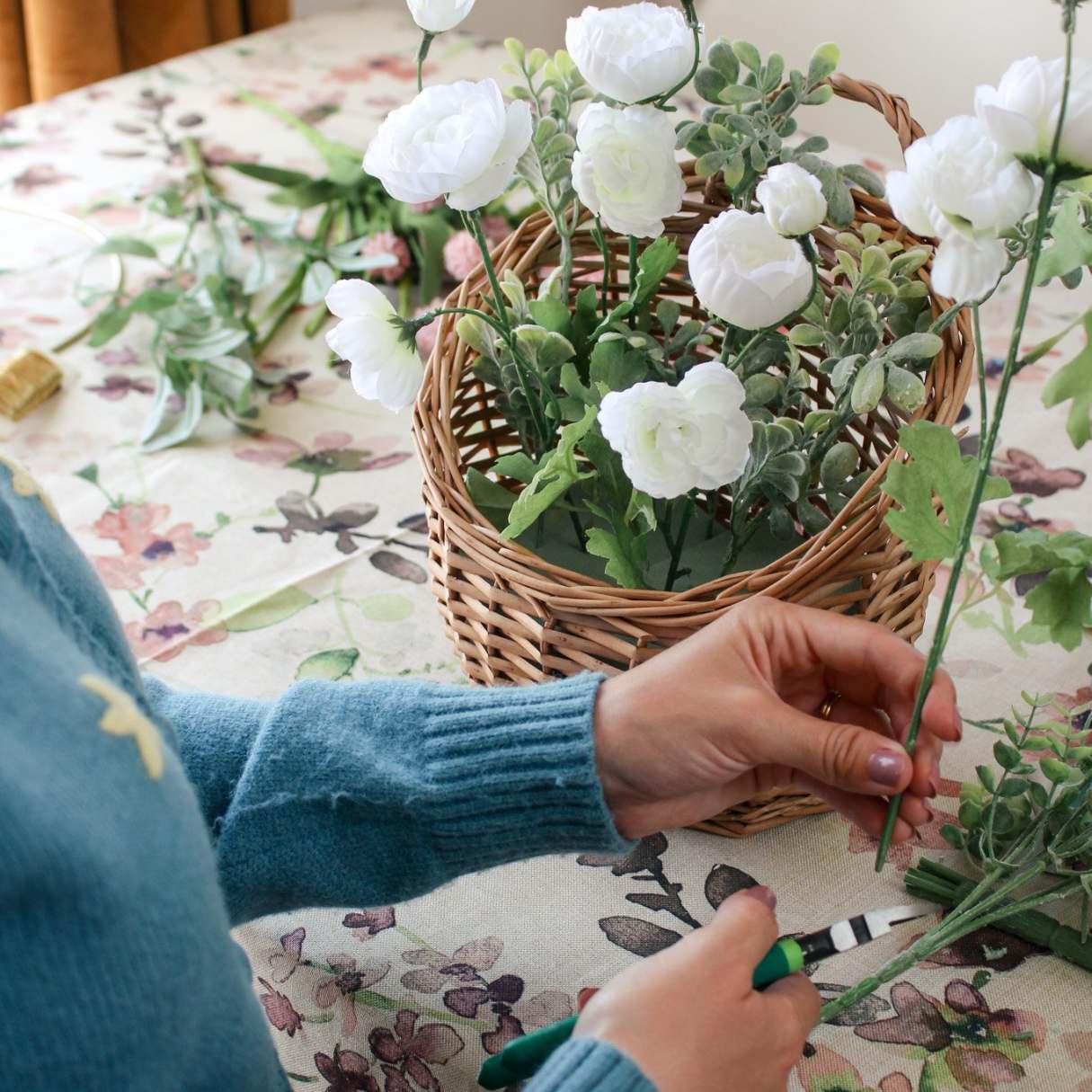
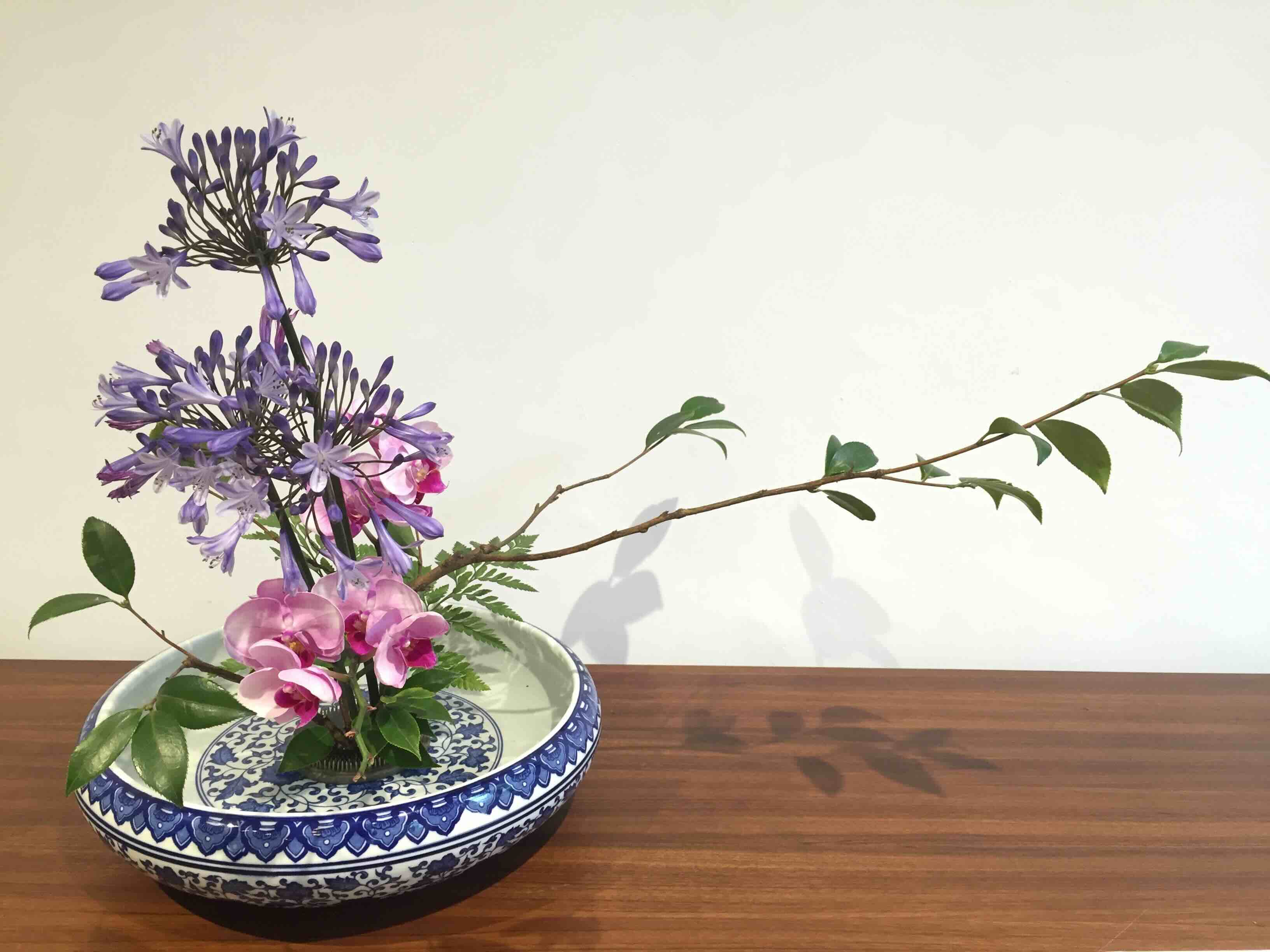
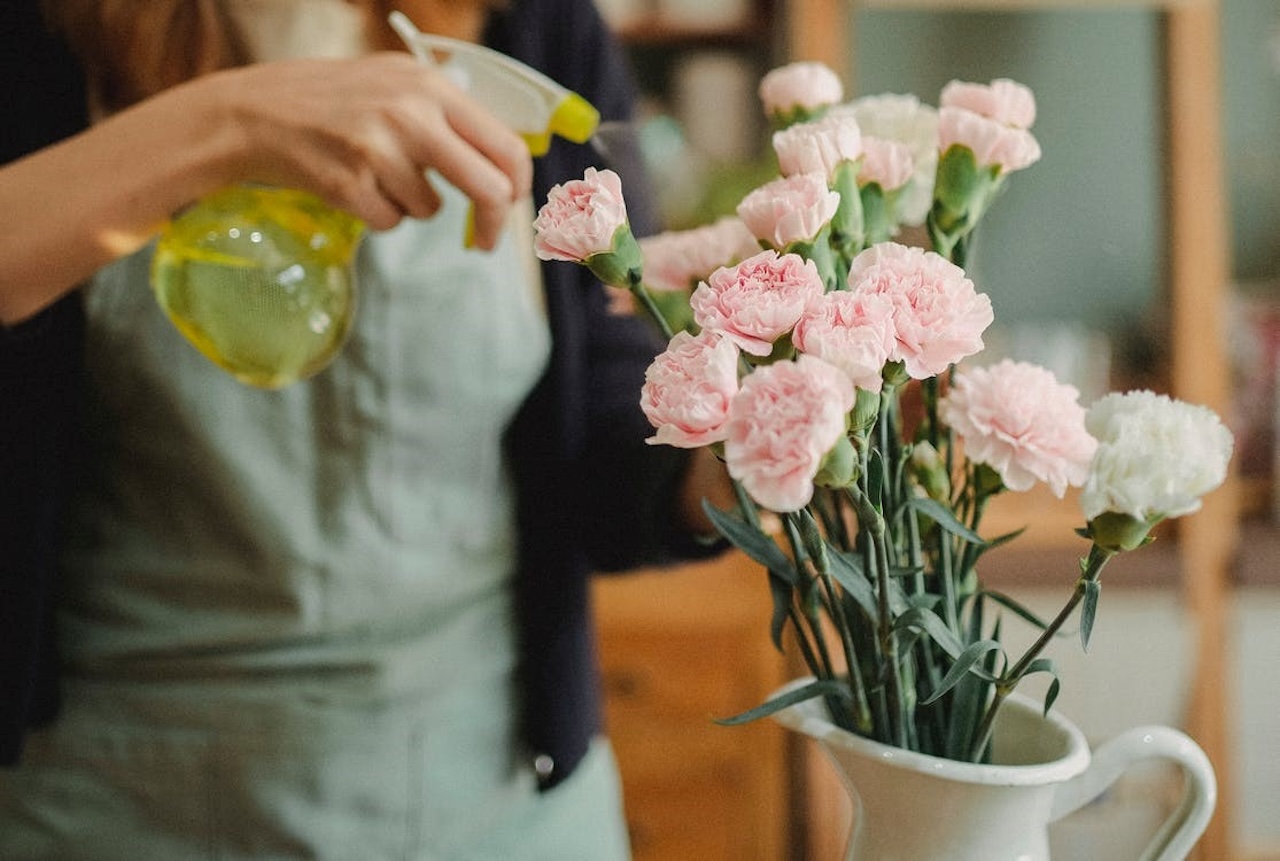
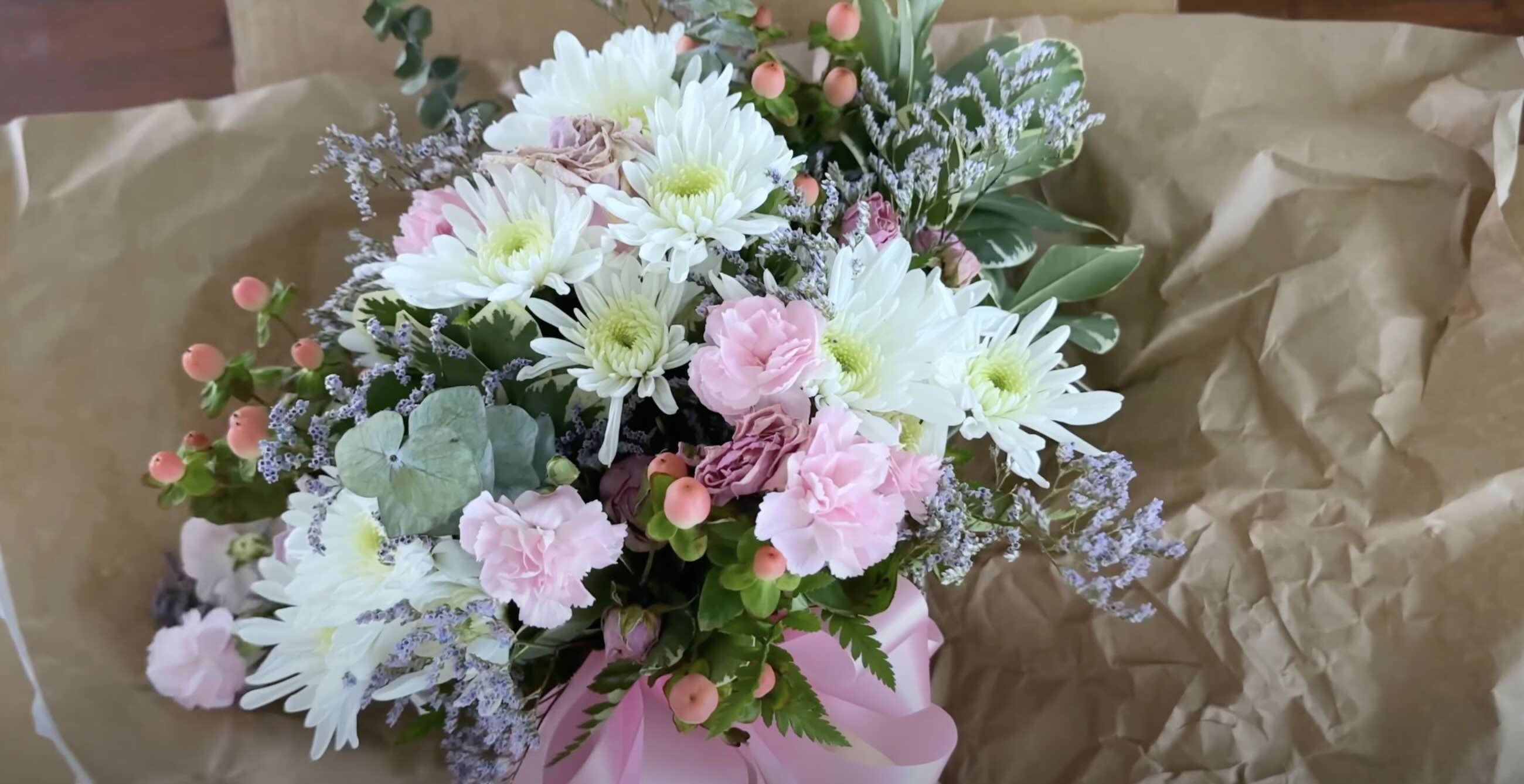
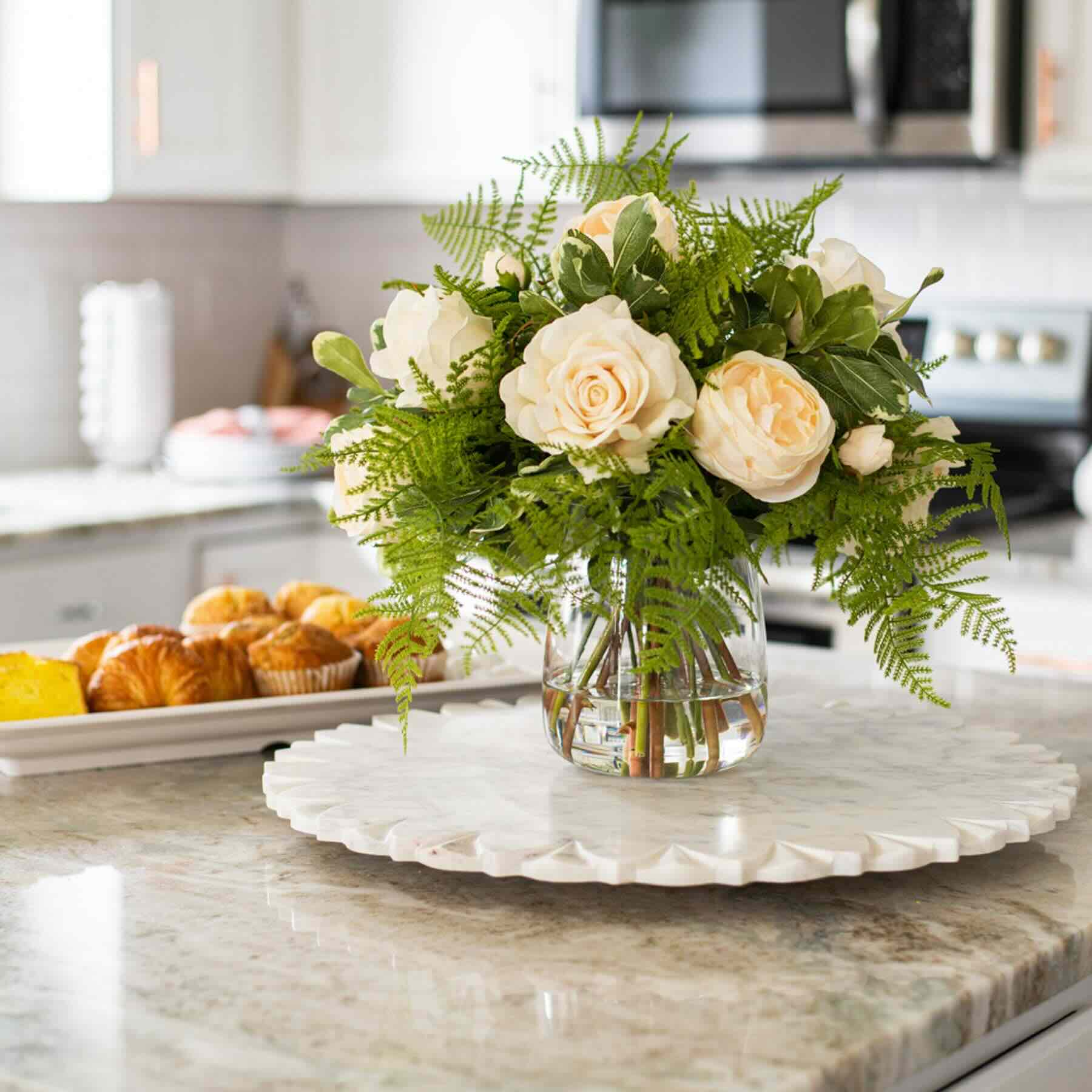
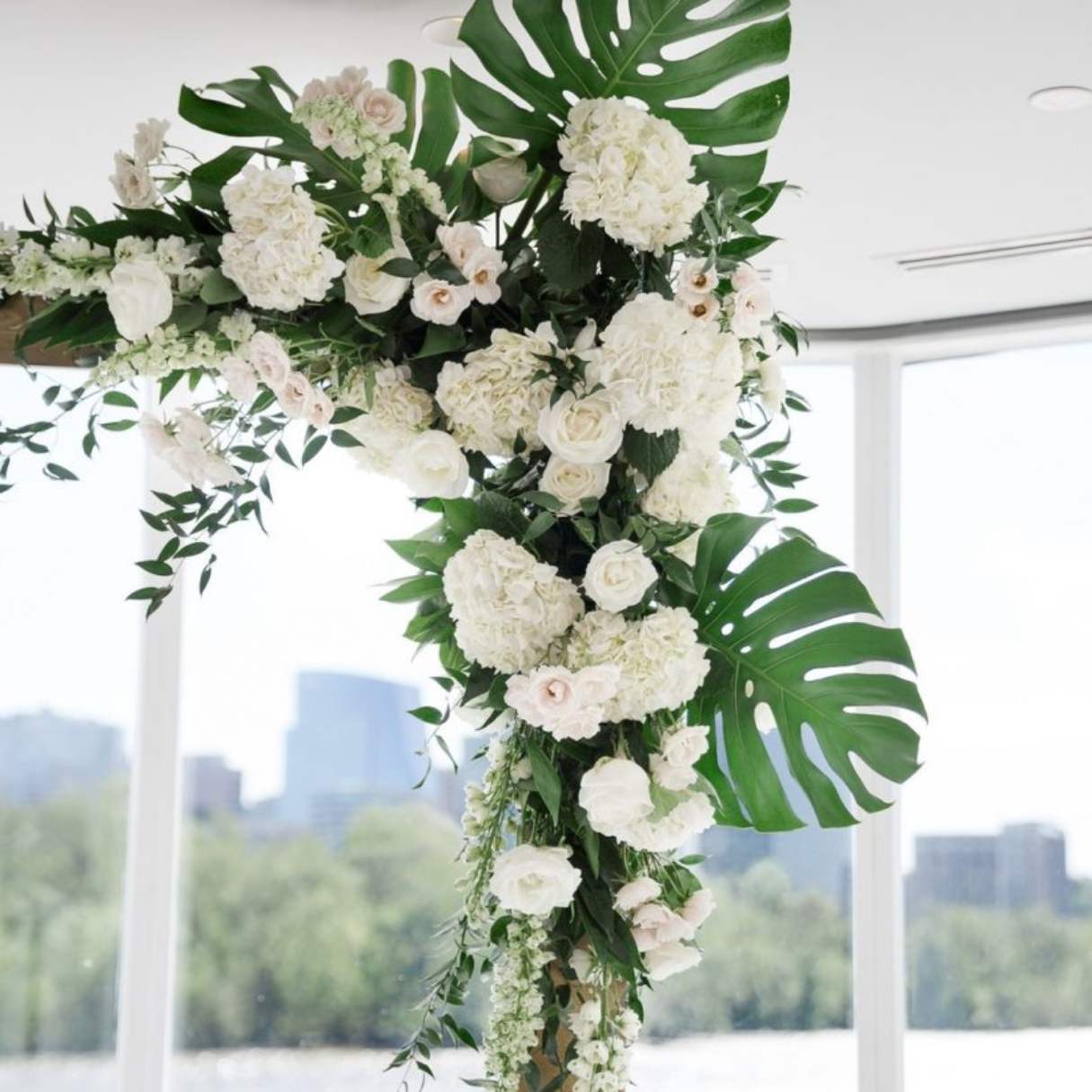
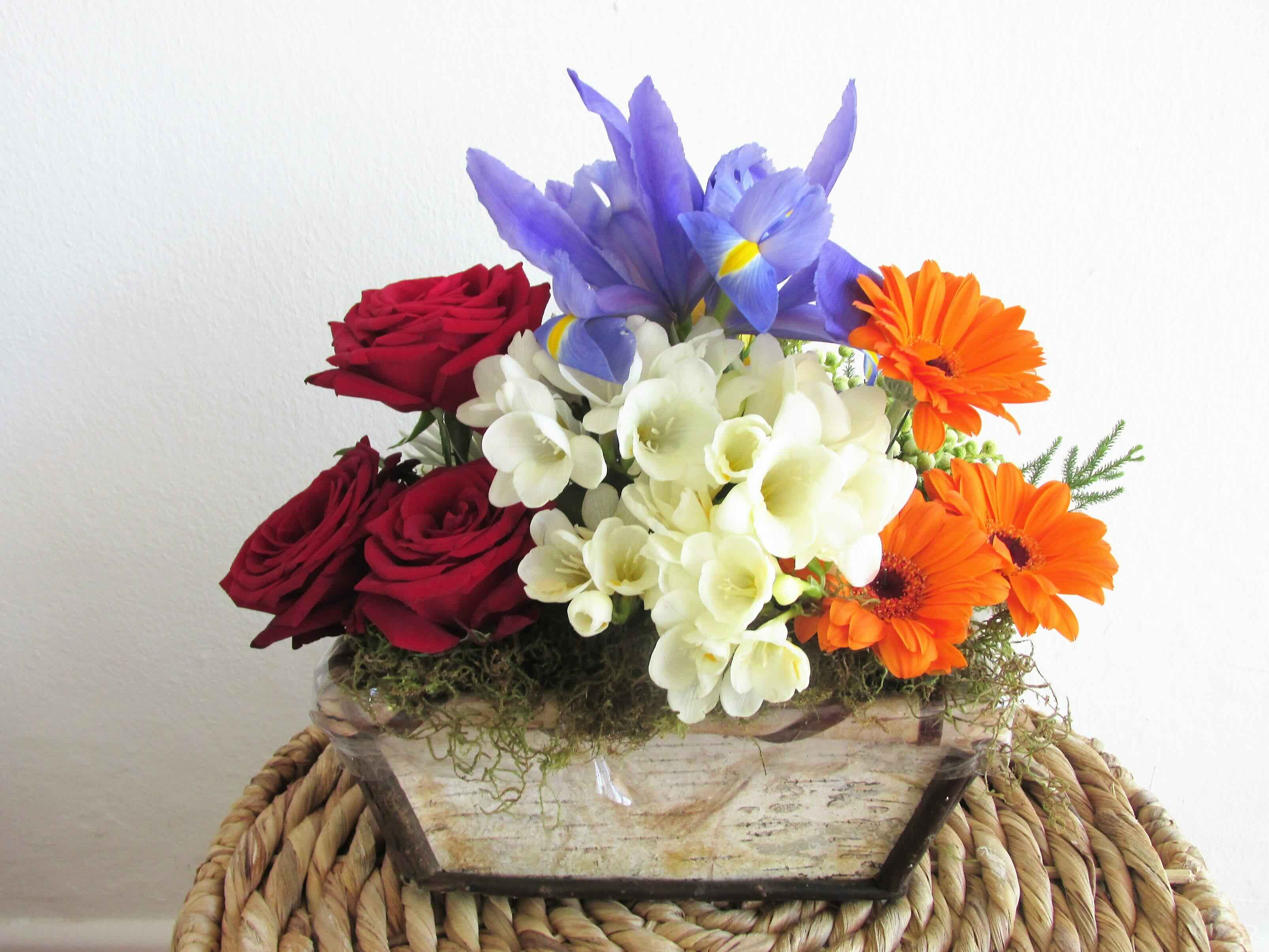
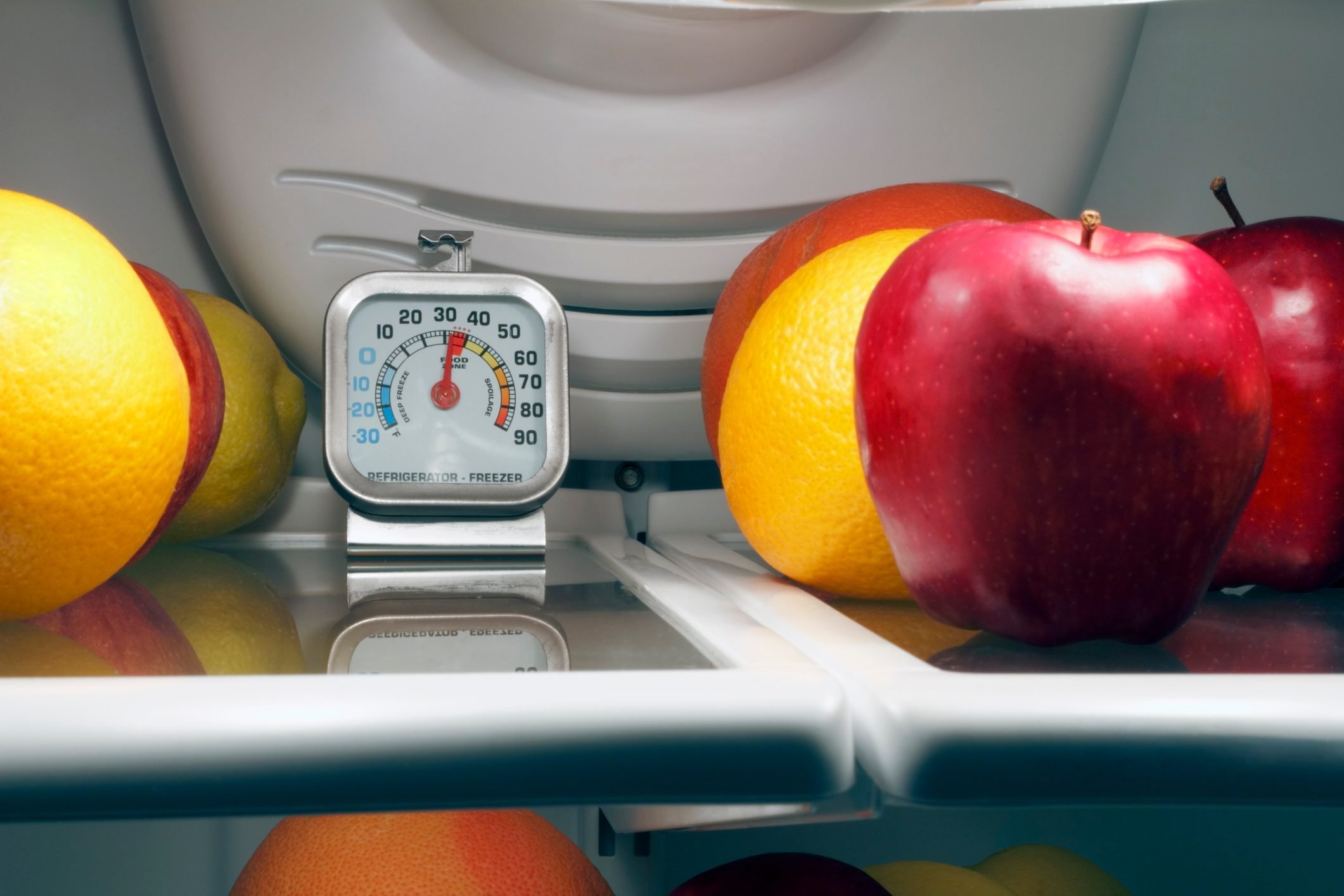

0 thoughts on “At What Temperature Should Floral Arrangements Be Stored”